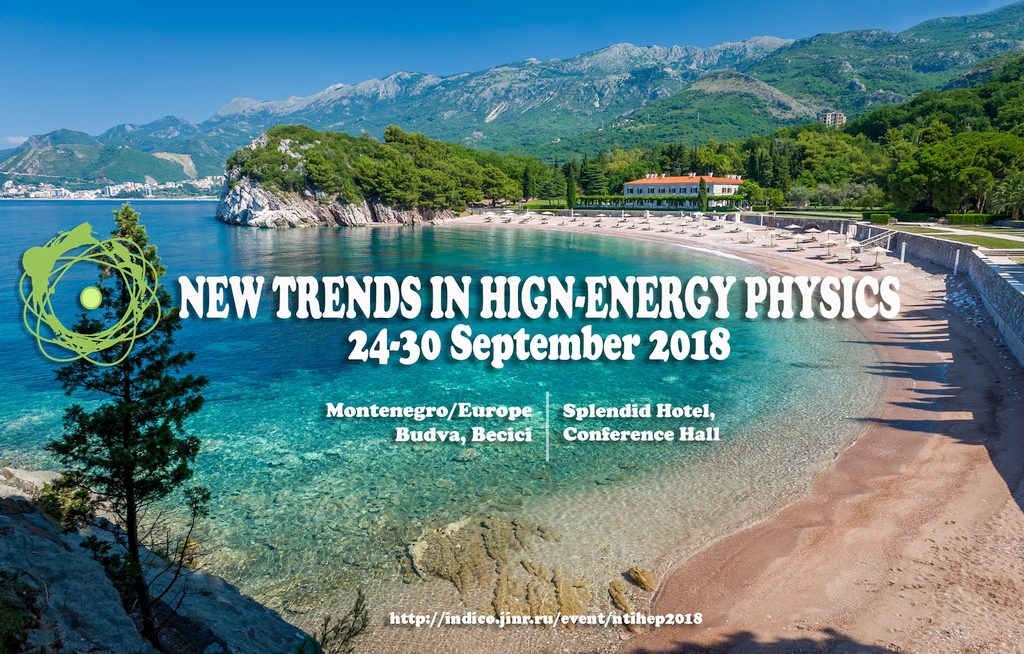Speaker
Dr
leonid tkatchev
(JINR)
Description
The NUCLEON orbital experiment is designed to investigate directly the energy spectra of galactic cosmic ray (CR) nuclei and its charge composition before the “knee”: from 100 GeV to 100 TeV and Z = 1-30 respectively. The “knee” energy range of 1014 − 1016 eV is a crucial region for the understanding of the cosmic-ray acceleration and propagation in the interstellar medium. The NUCLEON detector is working since December, 2014 for 5 years of data taken. The NUCLEON detector structure and CR events selection are described. Results of the beam tests at the SPS CERN, flight tests in orbit and preliminary physical results will be presented.
The TUS experiment is aimed to study the energy spectrum and arrival direction of Ultra High Energy Cosmic Rays (UHECR) at E ~100 EeV from the space orbit by measuring the fluorescence yield of the Extensive Atmospheric Shower (EAS) in the atmosphere. It is the first orbital telescope aimed for such measurements. The "Lomonosov" satellite, with the TUS instrument on board, was launched on April 28, 2016. The TUS apparatus structure, methods of UHECR on-line selection and off-line data analysis are described. The preliminary results of data analysis, search and study of candidates for the UHECR event are described.
Author
Dr
leonid tkatchev
(JINR)

